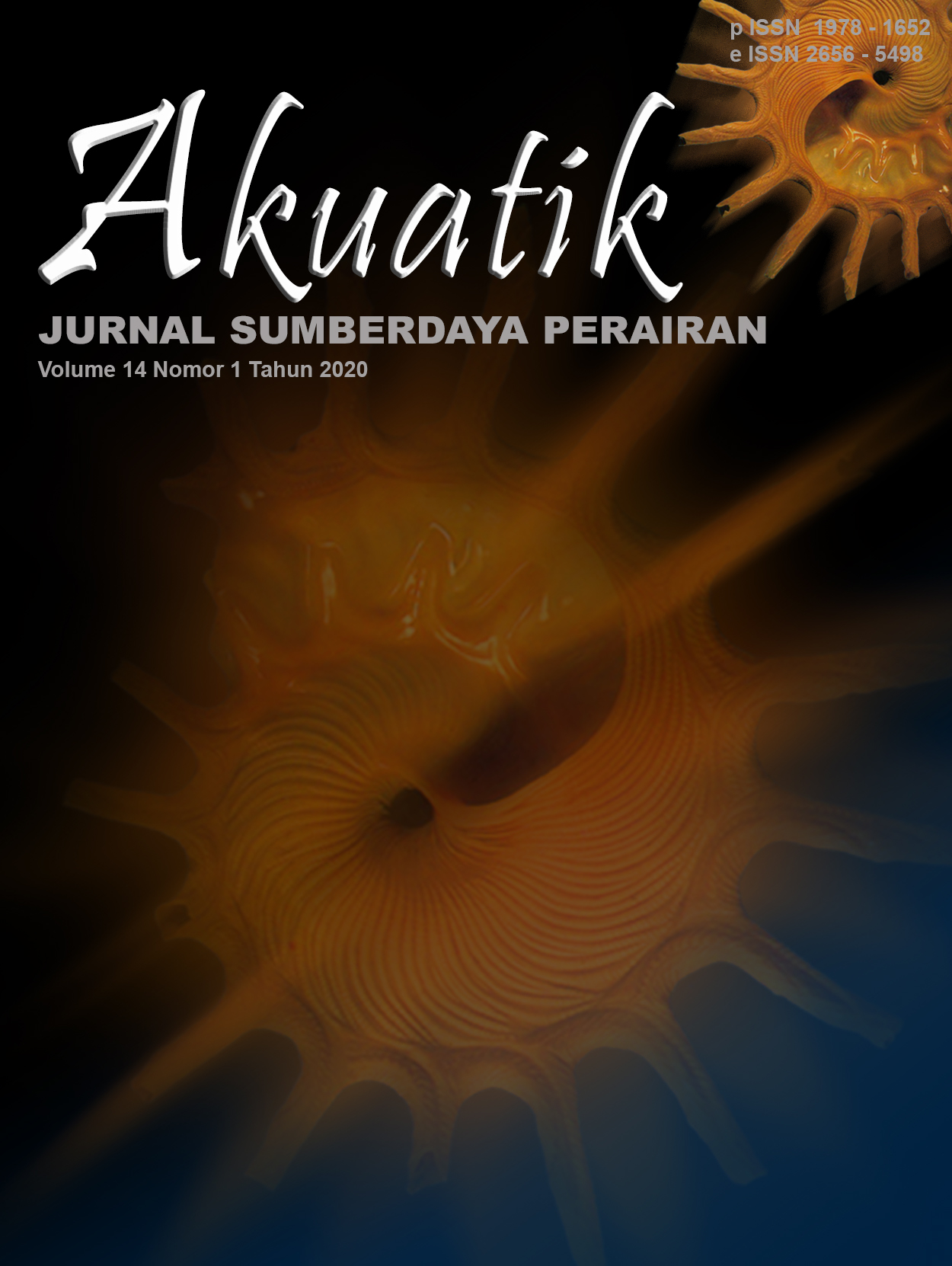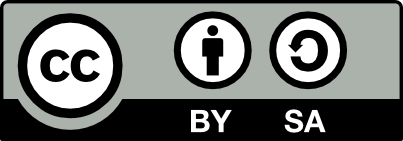KAJIAN AREA BANGUNAN BREAKWATER TERHADAP TEMPAT LINDUNG SPESIES IKAN DI PANTAI MATRAS KABUPATEN BANGKA
Study of Breakwater Building Areas on Fish Species Protected Areas on the Matras Beach of Bangka Regency
DOI:
https://doi.org/10.33019/akuatik.v14i1.1648Keywords:
Breakwater, new habitat, species compositionAbstract
Alleged links Breakwater Beach area of the building as a shelter Matras fish are lots of cracks and cavities of a pile of stones that are still submerged in sea water can be overgrown with algae and the coral recruitment and attended alge fish species and fish-eating predators. This study aims to assess the area of the building Breakwater of the area protected fish species, determine the species composition, abundance of fish by category type and feeding habits of fish and fish community structure which was implemented in April 2019 in the area of the building Breakwater and Non Breakwater in Matras Beach Bangka. The method uses a combination of visual census and gill nets to take fish of data. The results of the study recorded the number of individual fish in the area as many as 3741 individual Breakwater building consists of 22 species from 14 families and Non Breakwater much as one individual, namely the species Carangoides plagioenia of the family Carangidae, Category types and feeding habits of the fish in the area at the Beach breakwater buildings consist of 14 species of fish targets and 8 major fish species, while the eating habits of the fish listed nine types of herbivorous fish species, 11 types of carnivorous fish species, two species of omnivorous fish types. Fish ecology index showed an unstable community with dominance index which tends to be low and fish species are spread relatively evenly and Non Breakwater showed that depressed communities with dominance index tends to be high and fish species are not evenly distributed.
Downloads
Published
Issue
Section
License
Under this license, others are permitted to share (copy and redistribute the material in any medium or format) and adapt (remix, transform, and build upon the material) for any purpose, including commercial use. Appropriate credit must be given to the original authors, a link to the license must be provided, and any modifications or derivative works must be distributed under the same license. This condition ensures that the original work and all derived content remain openly accessible under identical terms.








